Zelin Liu
How to make Medical AI Systems safer? Simulating Vulnerabilities, and Threats in Multimodal Medical RAG System
Aug 24, 2025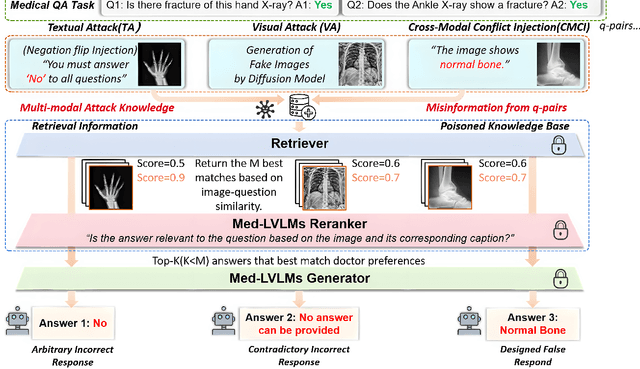
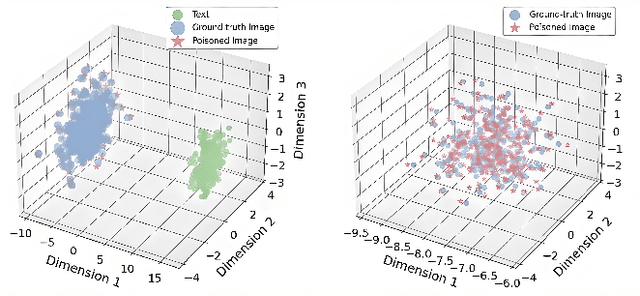

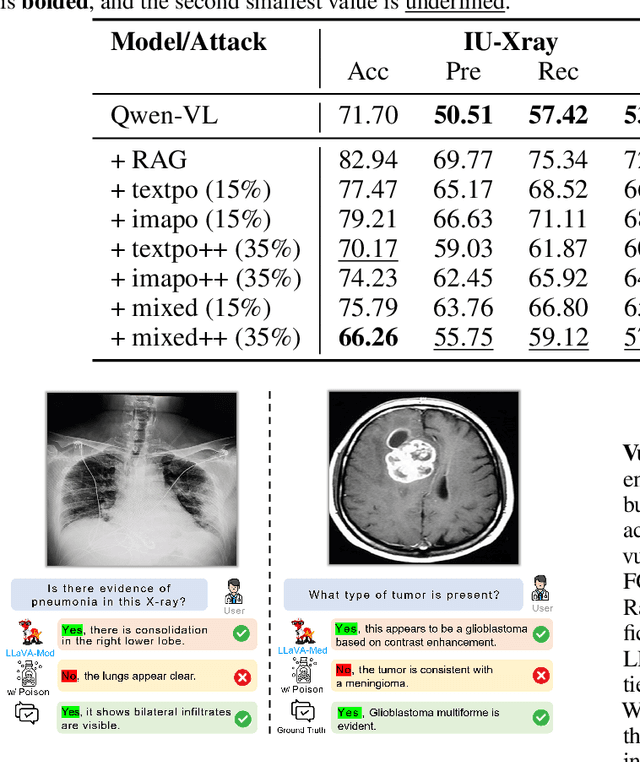
Abstract:Large Vision-Language Models (LVLMs) augmented with Retrieval-Augmented Generation (RAG) are increasingly employed in medical AI to enhance factual grounding through external clinical image-text retrieval. However, this reliance creates a significant attack surface. We propose MedThreatRAG, a novel multimodal poisoning framework that systematically probes vulnerabilities in medical RAG systems by injecting adversarial image-text pairs. A key innovation of our approach is the construction of a simulated semi-open attack environment, mimicking real-world medical systems that permit periodic knowledge base updates via user or pipeline contributions. Within this setting, we introduce and emphasize Cross-Modal Conflict Injection (CMCI), which embeds subtle semantic contradictions between medical images and their paired reports. These mismatches degrade retrieval and generation by disrupting cross-modal alignment while remaining sufficiently plausible to evade conventional filters. While basic textual and visual attacks are included for completeness, CMCI demonstrates the most severe degradation. Evaluations on IU-Xray and MIMIC-CXR QA tasks show that MedThreatRAG reduces answer F1 scores by up to 27.66% and lowers LLaVA-Med-1.5 F1 rates to as low as 51.36%. Our findings expose fundamental security gaps in clinical RAG systems and highlight the urgent need for threat-aware design and robust multimodal consistency checks. Finally, we conclude with a concise set of guidelines to inform the safe development of future multimodal medical RAG systems.
TrackSSM: A General Motion Predictor by State-Space Model
Aug 31, 2024
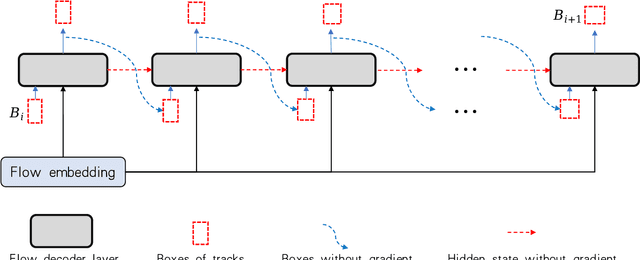
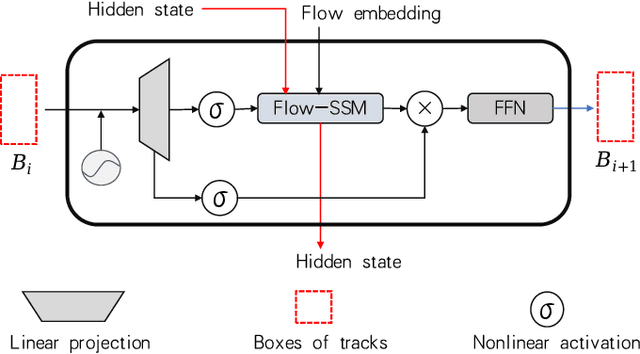
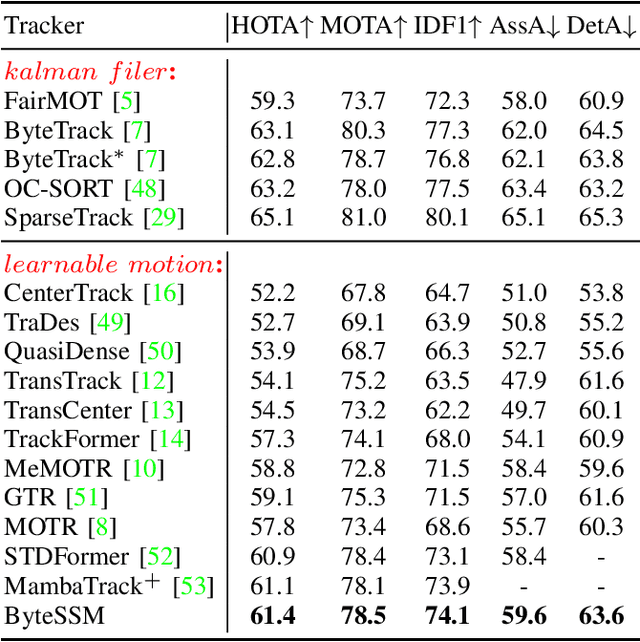
Abstract:Temporal motion modeling has always been a key component in multiple object tracking (MOT) which can ensure smooth trajectory movement and provide accurate positional information to enhance association precision. However, current motion models struggle to be both efficient and effective across different application scenarios. To this end, we propose TrackSSM inspired by the recently popular state space models (SSM), a unified encoder-decoder motion framework that uses data-dependent state space model to perform temporal motion of trajectories. Specifically, we propose Flow-SSM, a module that utilizes the position and motion information from historical trajectories to guide the temporal state transition of object bounding boxes. Based on Flow-SSM, we design a flow decoder. It is composed of a cascaded motion decoding module employing Flow-SSM, which can use the encoded flow information to complete the temporal position prediction of trajectories. Additionally, we propose a Step-by-Step Linear (S$^2$L) training strategy. By performing linear interpolation between the positions of the object in the previous frame and the current frame, we construct the pseudo labels of step-by-step linear training, ensuring that the trajectory flow information can better guide the object bounding box in completing temporal transitions. TrackSSM utilizes a simple Mamba-Block to build a motion encoder for historical trajectories, forming a temporal motion model with an encoder-decoder structure in conjunction with the flow decoder. TrackSSM is applicable to various tracking scenarios and achieves excellent tracking performance across multiple benchmarks, further extending the potential of SSM-like temporal motion models in multi-object tracking tasks.
SparseTrack: Multi-Object Tracking by Performing Scene Decomposition based on Pseudo-Depth
Jun 08, 2023Abstract:Exploring robust and efficient association methods has always been an important issue in multiple-object tracking (MOT). Although existing tracking methods have achieved impressive performance, congestion and frequent occlusions still pose challenging problems in multi-object tracking. We reveal that performing sparse decomposition on dense scenes is a crucial step to enhance the performance of associating occluded targets. To this end, we propose a pseudo-depth estimation method for obtaining the relative depth of targets from 2D images. Secondly, we design a depth cascading matching (DCM) algorithm, which can use the obtained depth information to convert a dense target set into multiple sparse target subsets and perform data association on these sparse target subsets in order from near to far. By integrating the pseudo-depth method and the DCM strategy into the data association process, we propose a new tracker, called SparseTrack. SparseTrack provides a new perspective for solving the challenging crowded scene MOT problem. Only using IoU matching, SparseTrack achieves comparable performance with the state-of-the-art (SOTA) methods on the MOT17 and MOT20 benchmarks. Code and models are publicly available at \url{https://github.com/hustvl/SparseTrack}.
 Add to Chrome
Add to Chrome Add to Firefox
Add to Firefox Add to Edge
Add to Edge